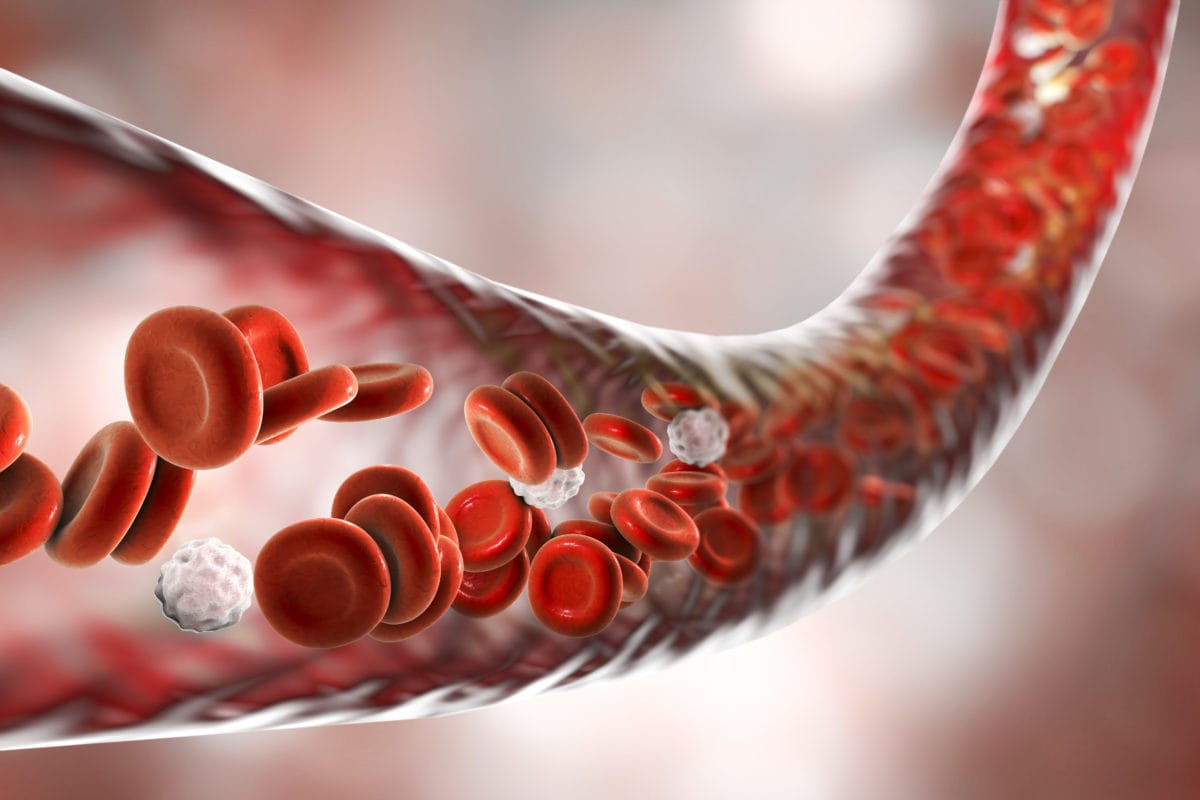Comprehensive Insight into the Signs of Sepsis: Recognizing and Understanding Blood Infection Indicators
Sepsis, a critical condition arising from an infection entering the bloodstream, can significantly weaken the immune system, especially in individuals with pre-existing health concerns like cancer, recent surgeries, AIDS, or those with a weakened immune system due to advanced age. Recognizing the signs of a blood infection is crucial, as it can be life-threatening if not addressed promptly. Here is an extensive overview of the top 14 signs of blood infection:

- Skin Spots:
- Early indications of blood infection often manifest as reddish or spotted patches on the skin, particularly on the extremities like hands, legs, arms, and feet, as well as other body areas.
- Abnormal Heart Rate:
- Sepsis can affect oxygen-rich blood flow to major organs, including the heart, causing unexplained fluctuations in heart rate, either increasing or decreasing without any apparent reason.
- Urination Issues:
- Advanced blood infections often impact kidney function, leading to changes in urination patterns, such as reduced frequency or urge, especially in older individuals with pre-existing urinary conditions.
- Sudden Agitation:
- While agitation alone isn't a definitive sign of a blood infection, in conjunction with other symptoms, sudden and prolonged agitation can be indicative, particularly if it appears abruptly and persists.
- Impaired Mental Focus:
- The onset of sepsis can affect mental clarity. The immune response to infection releases chemicals into the bloodstream that can hinder blood flow and deprive the brain of necessary nutrients and oxygen, impairing cognitive functions.
- Dizziness and Confusion:
- Sepsis can cause feelings of dizziness, confusion, disorientation, and focus difficulties due to the body's reaction to the infection and potential decreases in blood pressure if left untreated.
- Nausea and Vomiting:
- Since sepsis can originate from various body parts, nausea, followed by vomiting, is often one of the initial indicators of an underlying infection.
- Sudden Fever:
- A rapid and unexplained high fever, exceeding 38 degrees Celsius (100.4 Fahrenheit), often signals an infection in the bloodstream.
- Chills and Hypothermia:
- In severe cases of sepsis, body temperature may drop drastically, leading to hypothermia and severe chills, indicative of advanced infection stages.
- Rapid Breathing:
- Accelerated breathing rate is a common early sign of a blood infection. It occurs due to decreased oxygen levels in the lungs or increased bodily oxygen demands as the infection worsens. Medical guidelines recommend monitoring for respiratory rates exceeding 22 breaths per minute and seeking immediate medical attention if observed.
- Diarrhea:
- Diarrhea in sepsis can arise from gastrointestinal sensitivity to bodily changes or as a direct result of an originating gut infection. Although not solely indicative of sepsis, it should be considered alongside other symptoms.
- Pain and Muscle Weakness:
- Pain is a common response to the body's fight against infection, potentially localized or widespread. Accompanying muscle weakness may manifest as reduced strength and muscle wasting, significantly impacting mobility and persisting even post-treatment.
- Pale, Cold Skin:
- Sepsis can cause the skin to turn pale and feel clammy or cold, particularly in extremities. This occurs due to the body prioritizing blood flow to vital organs, reducing circulation to less critical areas like the skin.
- Low Blood Pressure and Septic Shock:
- A significant drop in blood pressure, or hypotension, signals a critical stage of sepsis, known as septic shock. It happens when blood vessels lose fluid, and blood pressure falls drastically, impeding normal blood circulation. Medical guidelines suggest concern if systolic blood pressure falls below 100-mmHg, as it can indicate a life-threatening situation.
Recognizing these signs is vital for timely intervention in cases of sepsis. Early detection and treatment are key to managing this potentially fatal condition effectively.